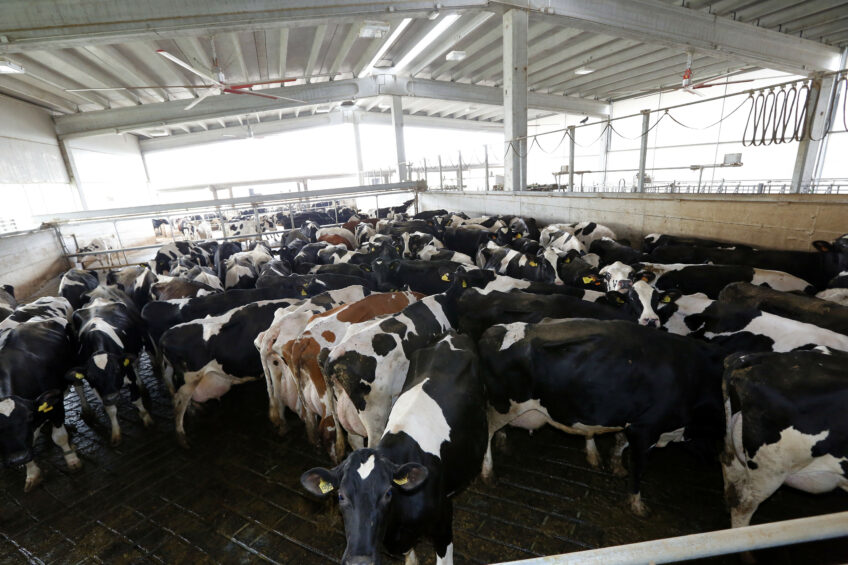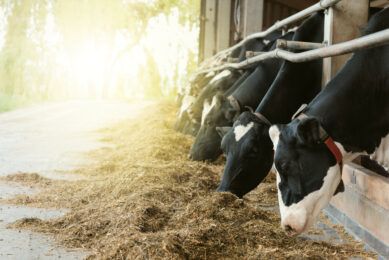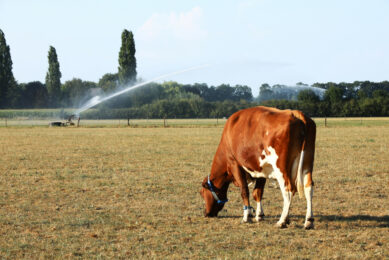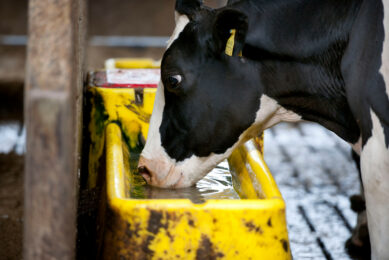When do cows have the need to huddle?

Cows like to huddle. But why do animals do this? And why especially in the summer? In this blog, I explain more.
Every summer, we get questions from around the world on 1 particular topic. Farmers ask: “Our cows huddle together on a specific moment of the day (around noon) in a certain area of the barn and won’t move.” This behaviour also stops at the same hour every day at the end of the afternoon. It also disappears in the fall, when the temperature drops.
Looking for fresh air
We have checked out a lot of these cases and our conclusion is that it is caused by fresh air seeking behaviour. Cows stand as a group in the part of the barn where the air is fresh and avoid the areas where it isn‘t. A behavioural component is the fact that in nature, cows group together as a reaction to stinging and biting insects. We don’t have the idea that insects are the main cause of huddling, but it is a given that insects won’t be found in places with good air flow. So this instinct can strengthen huddling behaviour.

Check the ventilation
Walk around your barn if you see huddling and use your nose to judge the air in different places. Our experience is that cows are always standing in places where the air is fresh and that the air in other places can be moist and warm, sometimes even outright unpleasant because of manure gasses. In a significant number of cases that we had a look at, the behaviour started rather abruptly. These were all cases of a rebuild or of building an object that affected ventilation of the barn.
Insufficient ventilation causes more damage and problems than most dairy farmers know. Bad ventilation first of all makes that cows have to invest more energy into cooling themselves down, causing heat stress. It also creates higher infection pressure for bacteria’s and viruses, leading to more hoof problems and udder infection. Furthermore, lack of fresh air leads to higher concentrates of ammonia, which you can expect to be less than ideal for animals.
Ask an expert!
Farmers who want to improve their barn, should first have an expert (!) set up a ventilation plan for their entire barn. This is the foundation. This also includes a plan with arrangements to manage heat stress.
Join 13,000+ subscribers
Subscribe to our newsletter to stay updated about all the need-to-know content in the dairy sector, two times a week.










